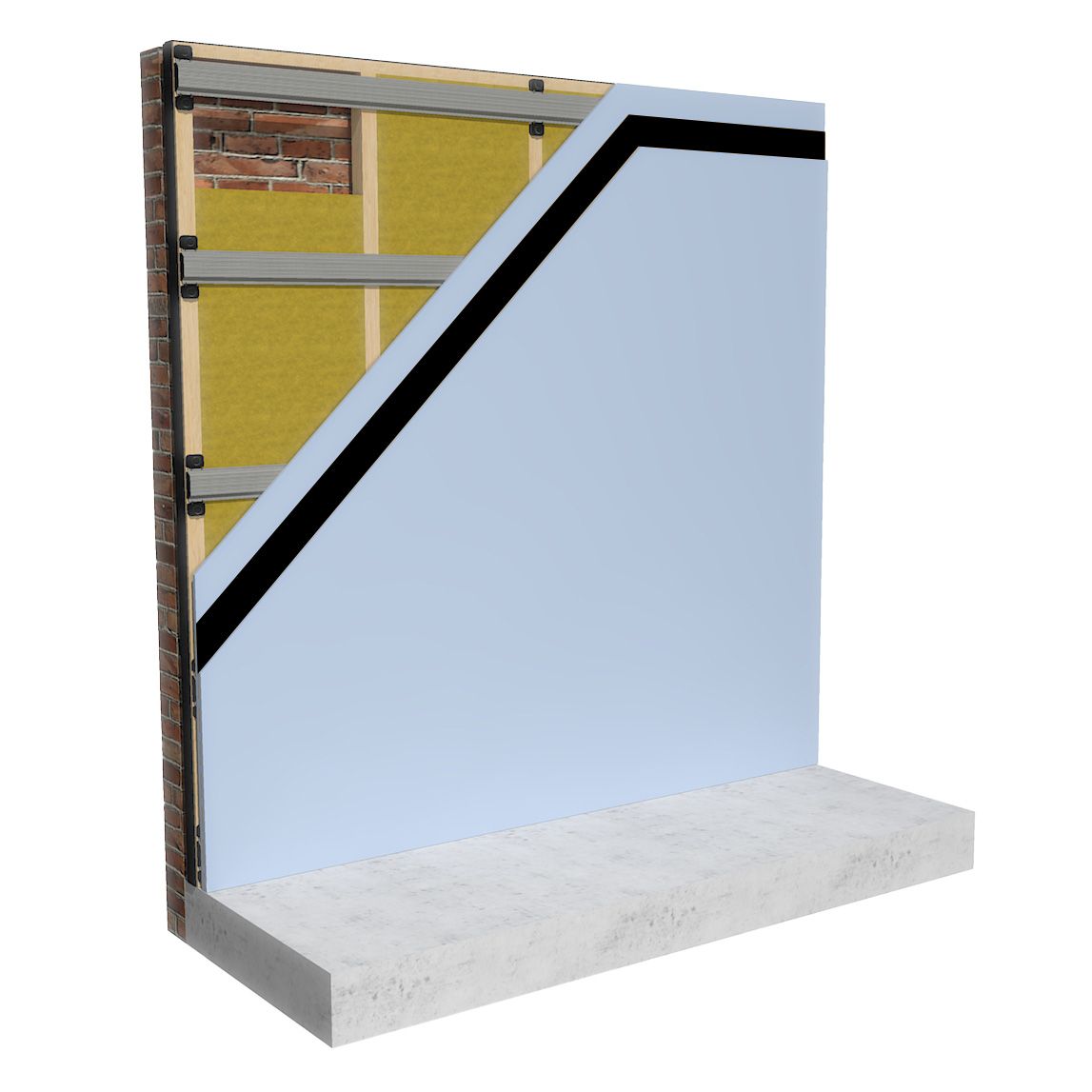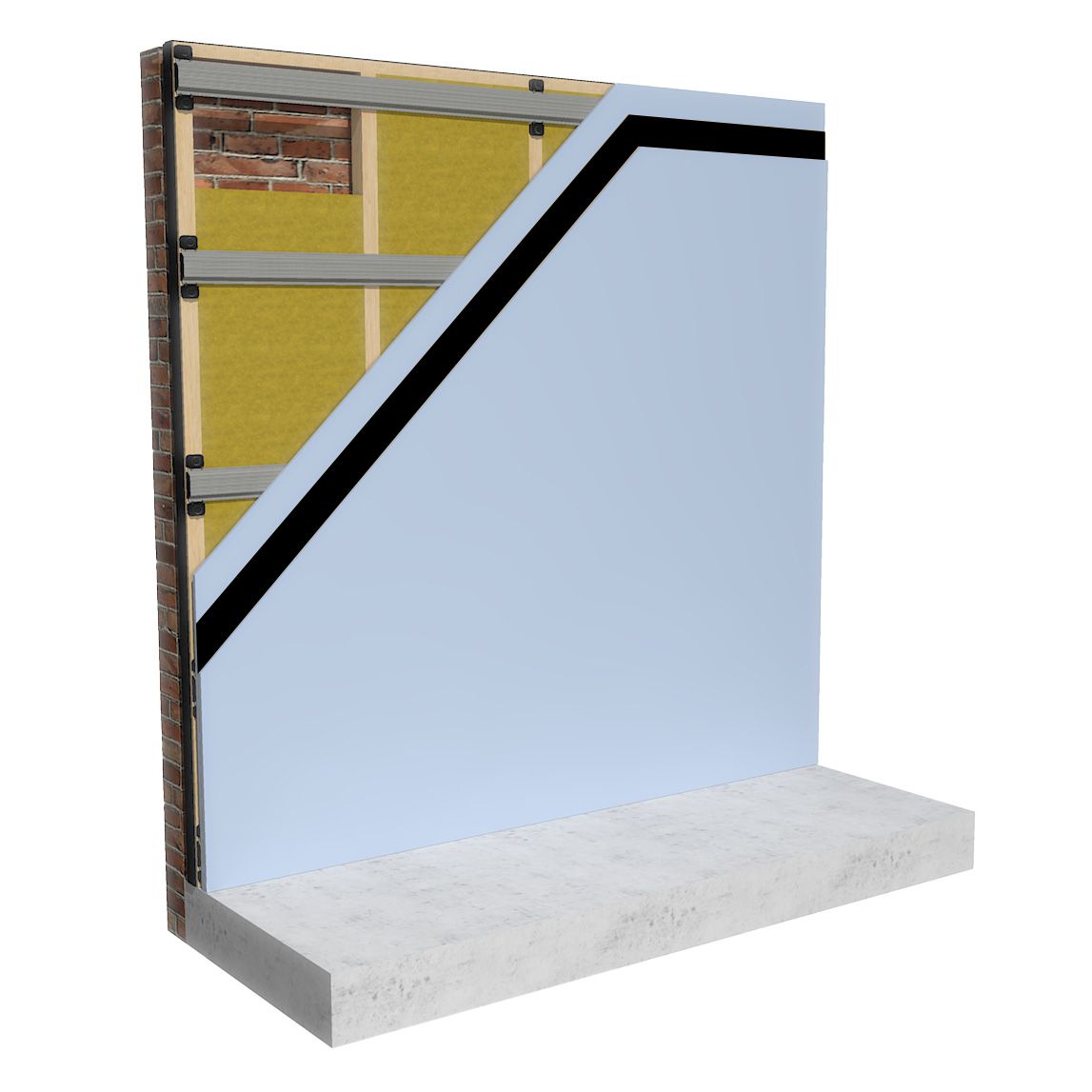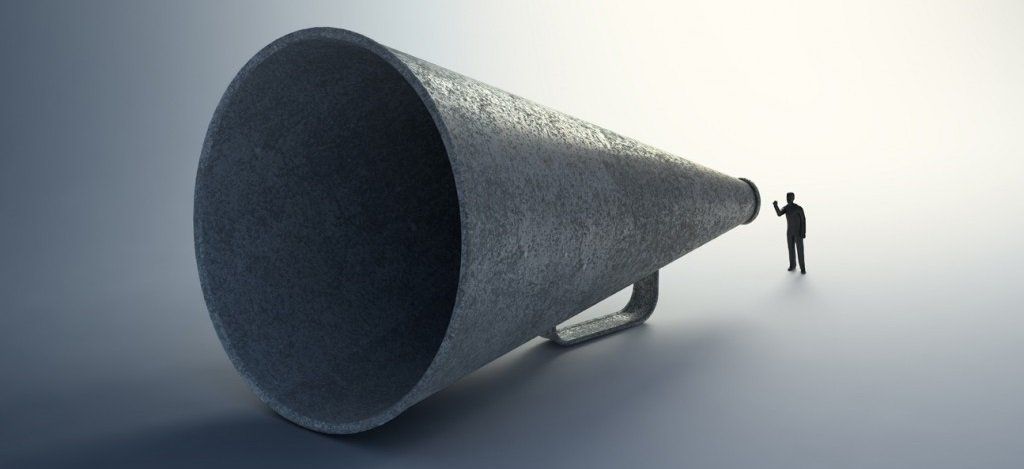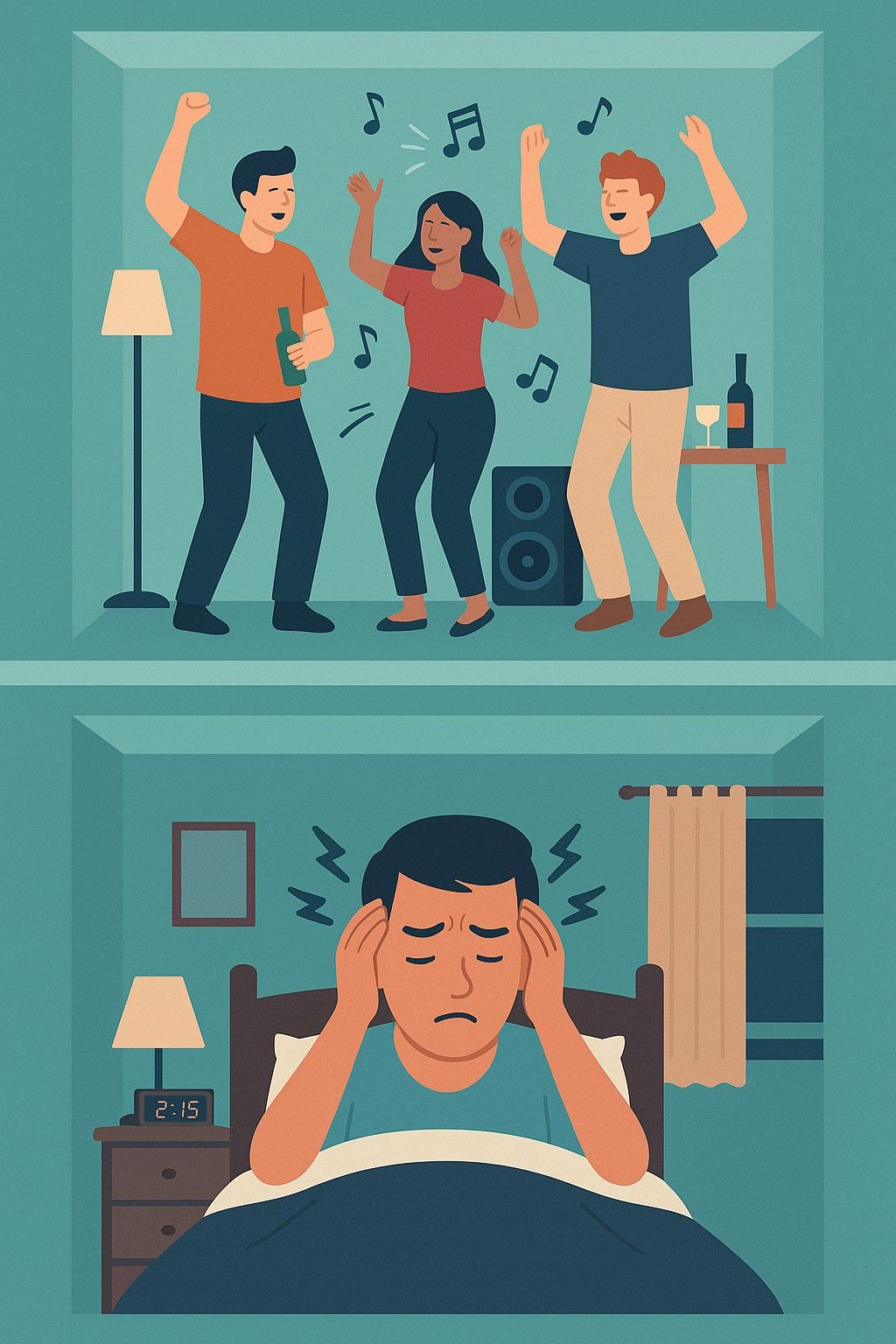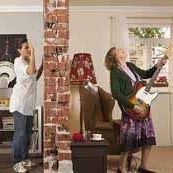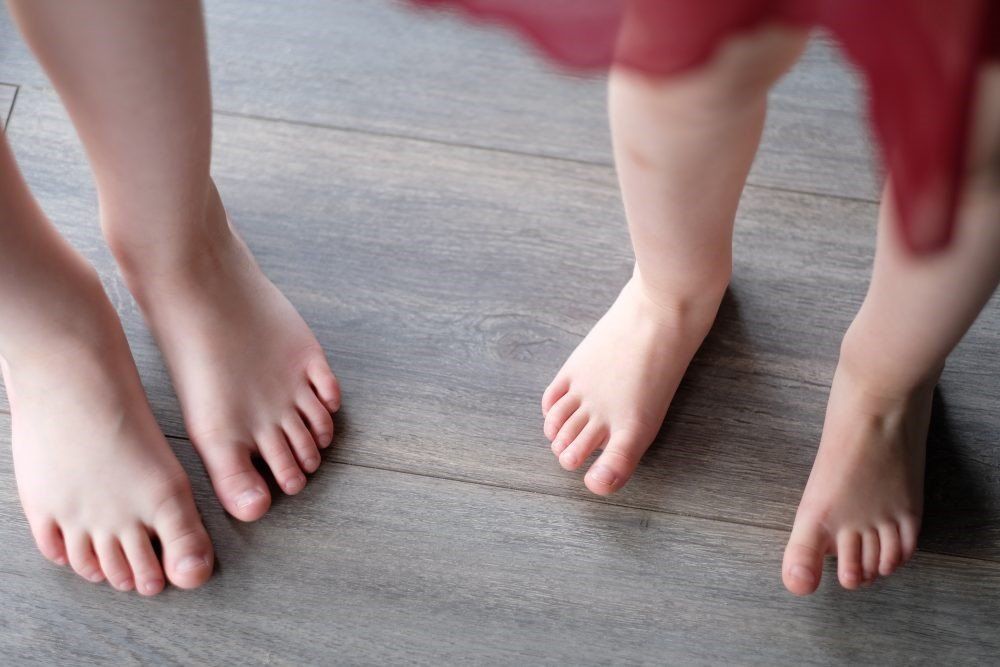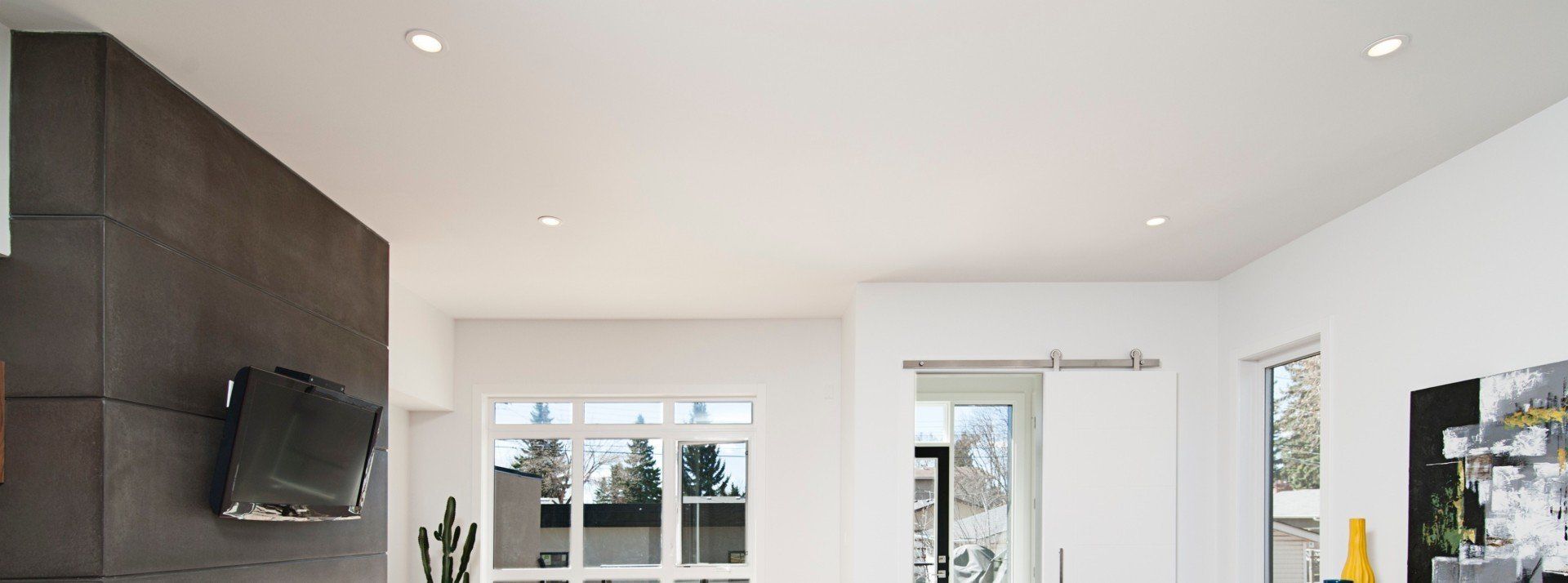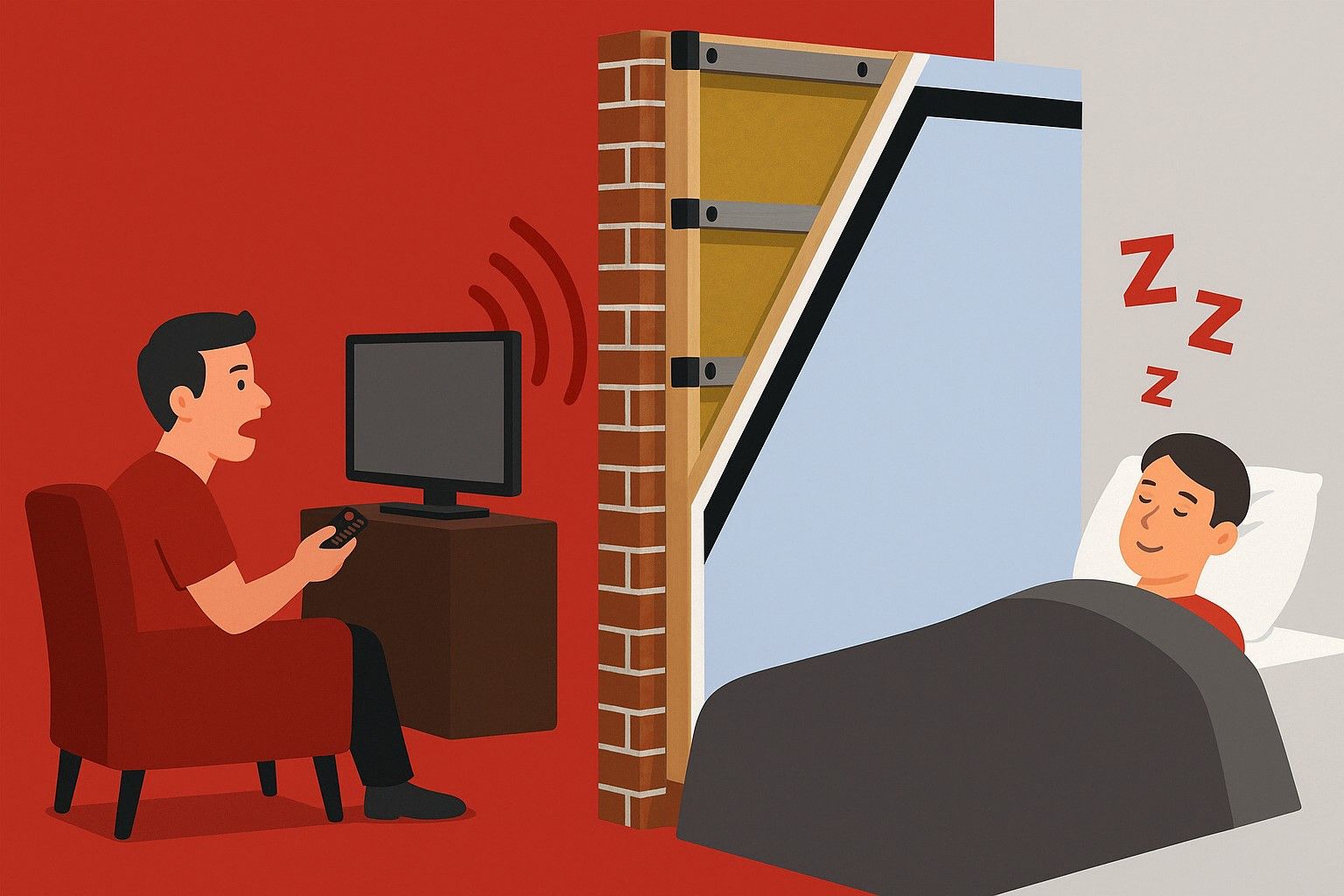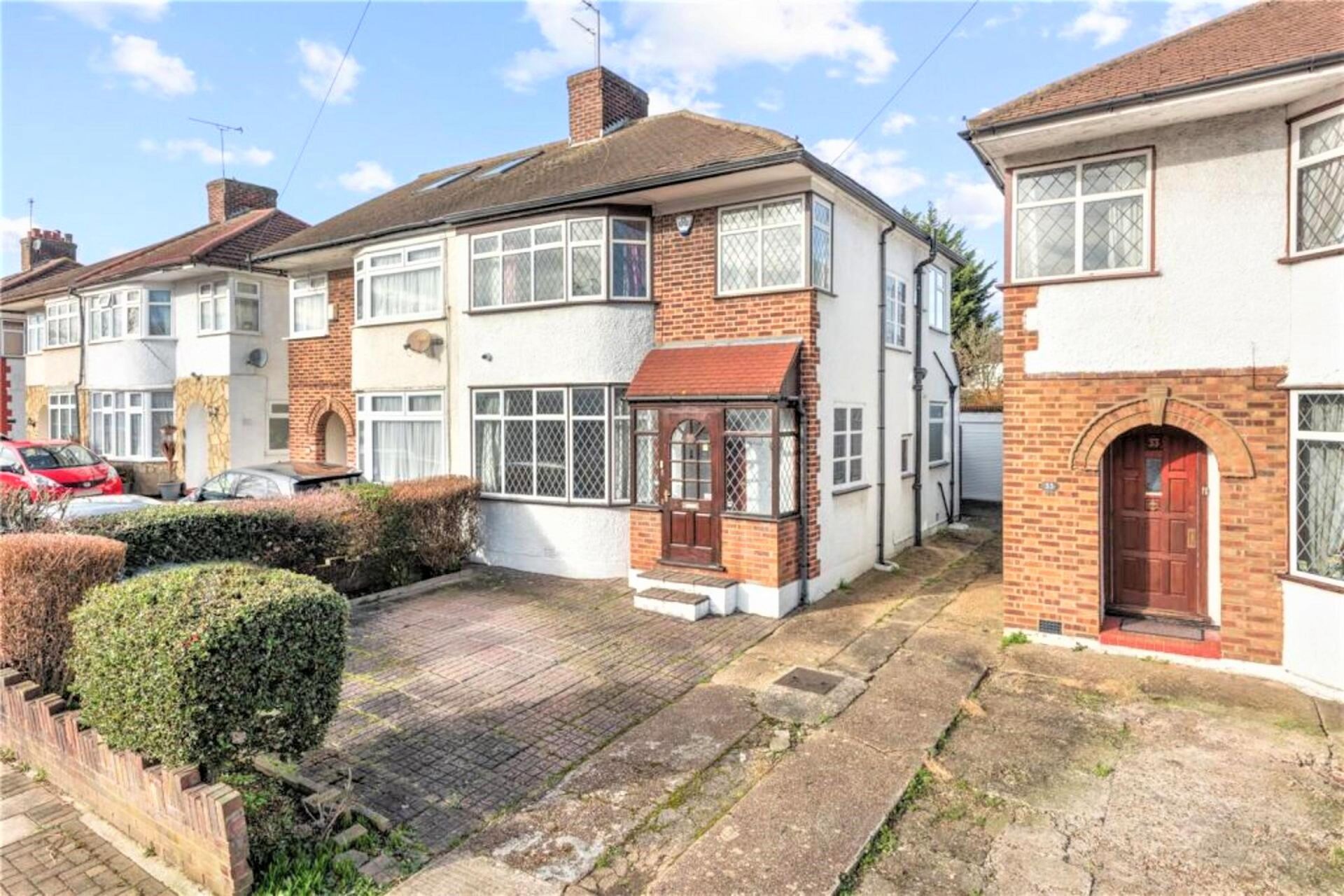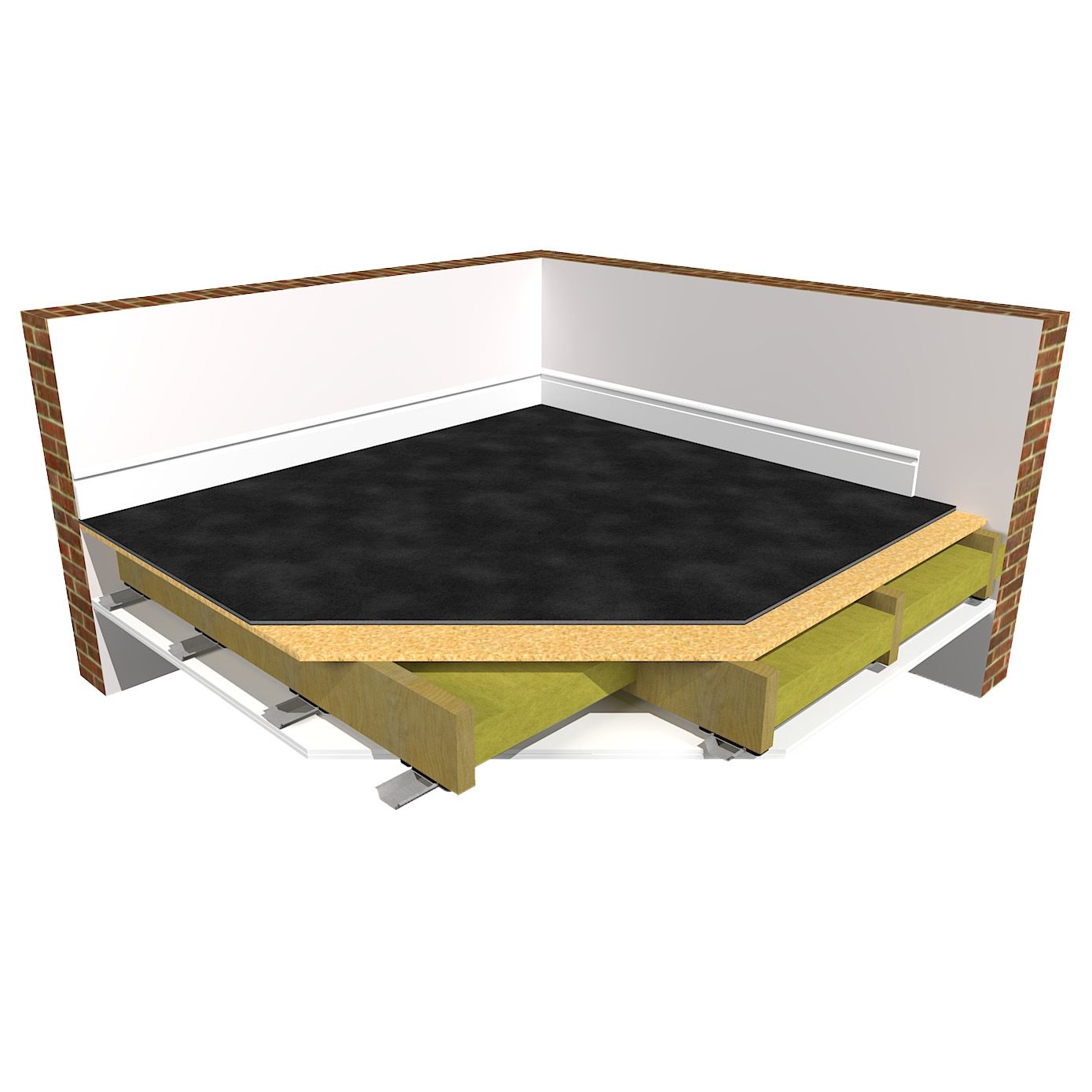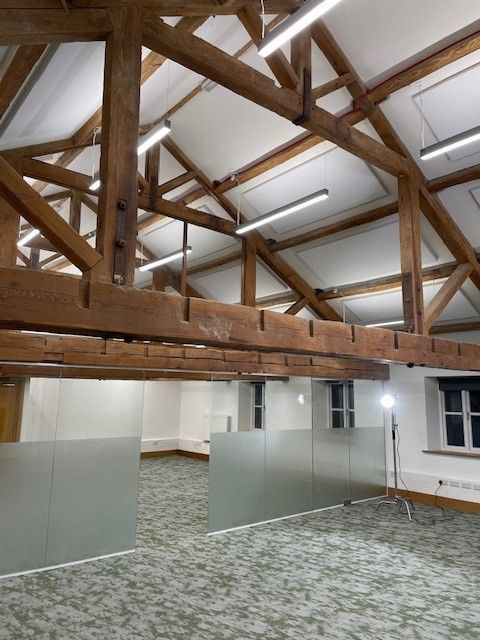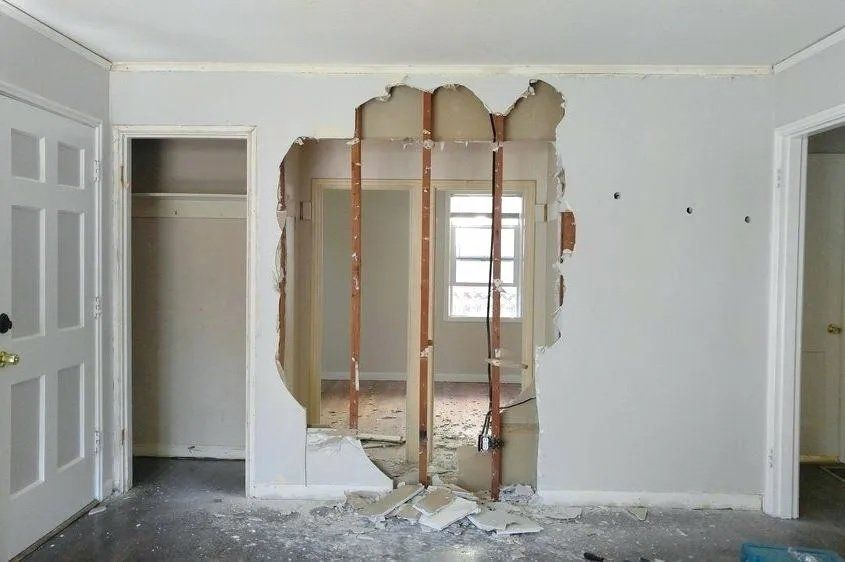How To Soundproof Walls, Floors or Ceilings
Whether it's loud music, barking dogs, snoring or screaming rows, noise from next door is an issue for one in three UK households according to The Independent and the Citizens Advice Bureau received more than 39,000 enquiries relating to noise problems in 2006. So apart from moving to a remote location, what can you do to restore peace and quiet?
What is noise?
Firstly, we are all subject to noise on a constant basis,from normal background noise such as wind, traffic, electrical hums and people talking. We as humans are particularly good at ignoring these low levels of noise and it is only when sound increases above a background noise levels that we perceive it as a problem.
Secondly, we need to understand what sound is, and how sound travels. Fundamentally, sound comes from the energy that is produced when an object vibrates, creating waves in the air around it. The sensitive membrane in our ears, the eardrum, detects these vibrations in the air and registers this information in the brain as different types of sound. There are two main types of noise Airborne noise such as music, people talking and TV noise and the second is vibration or impact noise such as footsteps and banging doors.
How do you soundproof to block noise ?
The first step in any soundproofing is to make sure the structure is as airtight as possible. As soundproofing is a little like waterproofing and is only as good as the weakest point (think about when you are in your car and if you wind down your window just a very small amount you can hear everything outside perfectly clearly, close this small gap and your car will become muffled and soundproofed) this illustrates the amount of noise that can come through a small gap.
There are three main principles for blocking noise and soundproofing
1: Add mass to the structure.
The fundamental physics of soundproofing is that mass blocks noise. High mass structures like external walls work well for blocking noise (a standard external wall will have two dense layers of brick or stone and blockwork with a cavity between) however, party walls between properties can,in some occasions, only have a single brick between them, or in the worst case justa light weight stud wall with two layers of plasterboard, offering far less mass to block the noise and are therefore, far less effective.
2: Dampen or de-couple the structure
When sound hits a wall or floor it becomes a vibration that travels through the structure, to prevent this vibration travelling through a structure we can either dampen the vibration or in a perfect world de-couple the structure and then add mass, thus preventing the sound energy from passing through.
Bass (with long wavelengths) and treble (with short wavelengths) are affected differently by the materials they contact; Bass frequencies are harder to control because they are not absorbed as effectively by soft materials. In addition, big flat surfaces such as walls and floors tend to resonate more with bass sounds, effectively transferring these sounds.
(Think about banging one end of a wooden table and the vibration created will travel to the far side of the table very easily, then if you were to cut the table in half and leave a small air gap and then bang on the table again, the air gap will prevent the vibration from travelling through to the other side of the table).
3: Sound Absorption
Sound can also be absorbed by soft materials. (The best example I can give is imagine someone shouting at you and then placing a pillow over your ears, the sound energy they produce is absorbed by the soft porous materials and then gets converted into heat). All materials absorb sound but the harder they are the less they can absorb so soft materials like carpets, curtains and soft furnishings can make a huge difference to a room. Or alternatively you can add specialist materials to rooms with hard surfaces like restaurants ,village halls and offices where sound echoes and amplifies creating loud volumes of noise such as
ProSound Wall Panels or
ProSound Ceiling Rafts. These will reduce the amount of echo and reverberation in a room giving you much clearer clarity of sound.
Sound resonating in sealed chambers
We also need to consider that when sound enters a sealed chamber it will resonate and amplify (think of shouting down a cardboard tube it always comes out louder, or if you have ever heard a bunch of children running around on the floor above it can sound like a heard of elephants below because of this drum affect).
Sealed chambers like under floor boards and between stud walls will need to be addressed by adding sound absorption materials such as acoustic mineral wool (think about filling the cardboard tube example above with cotton wool, then shouting down it again and this would stop sound amplifying).
Finally, how loud is the noise you want to block
This is a good question as we all perceive noise differently and have different tolerances. (A good example is a Mother will typically hear her child cry before the Father meaning she is far more sensitive to noise.) However, we do need to consider the level of noise so we can apply the correct level of soundproofing.
If you are unsure about the level of noise you can download a decibel app for a smartphone then take a reading when the room is quiet and a second reading when you can hear the noise and the difference will be how much needs to be blocked. For example a normal quiet room is around 35dB and anything above this can be perceived as a loud noise (i.e. normal conversations around 55dB) a standard brick wall will block an average of 40dB and a stud wall will only block 30dB leaving 15dB to 20dB to be blocked respectfully, to give you a good level of peace and quiet.
How Loud is too Loud?
The British government has since 2004 implemented Part E building regulations for new builds and conversions and has a minimum target for airborne noise of blocking of 45dB or higher and for impact noise (footsteps) of 62dB orlower. ( see our full explanation of decibels explained here )
In my experience this is a minimum level and you should always aim higher to combat modern day to day noises.
Need Help with Soundproofing ?
The Soundproofing Store offer the largest range of soundproofing products to soundproof walls, floors and ceilings in homes, offices, studios and hotels. Our acoustic insulation systems exceed building regulations and can help eliminate unwanted noise from noisy neighbours and can be fitted by any good local tradesman or professional commercial contractors or good DIYers.
Share
"We don’t expect you to become an overnight expert in soundproofing, that’s what we’re here for."
